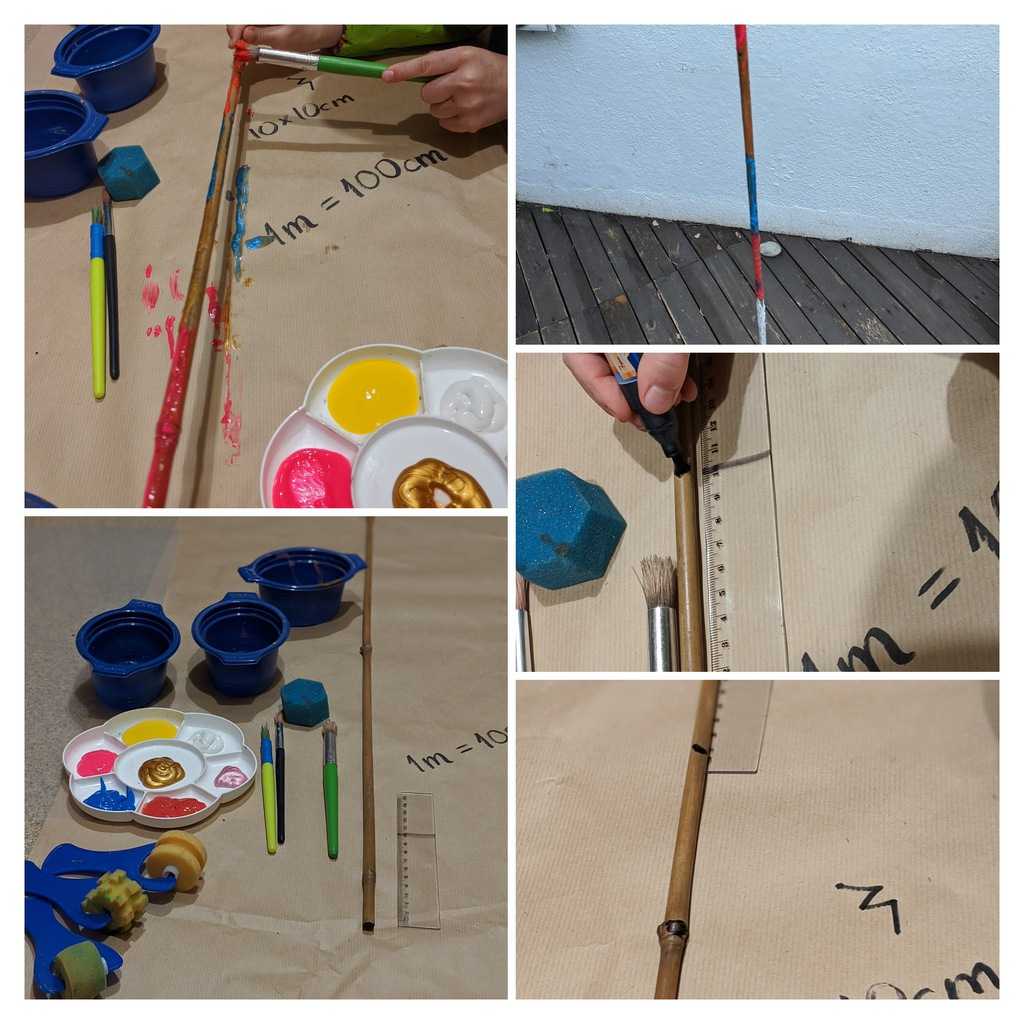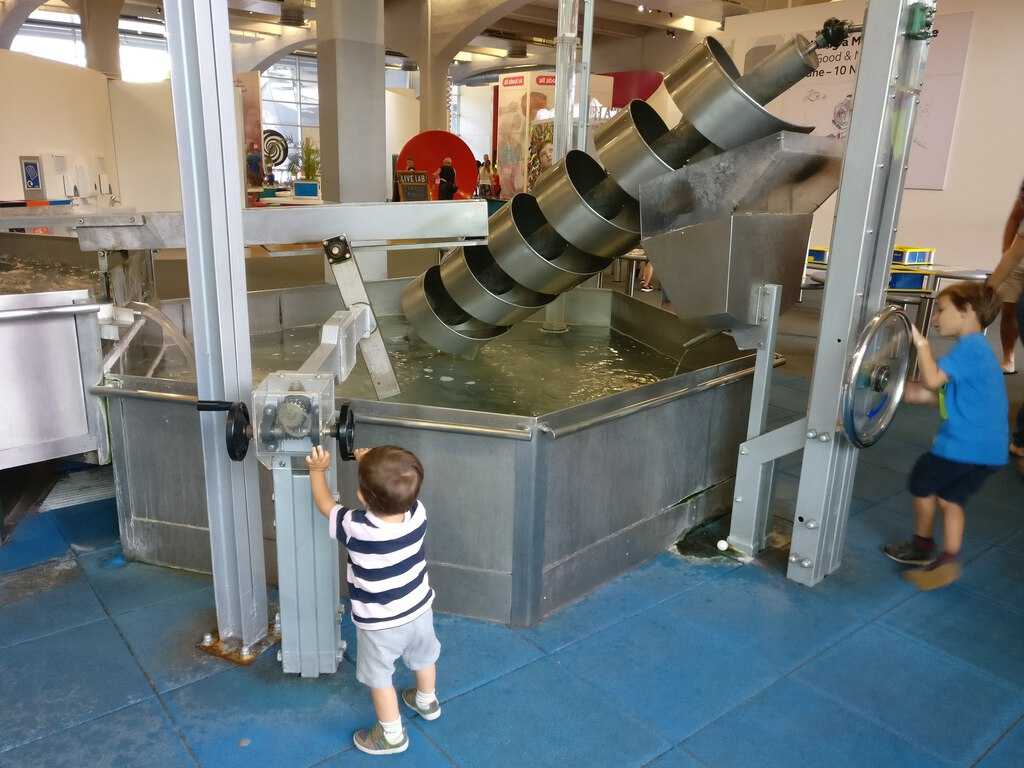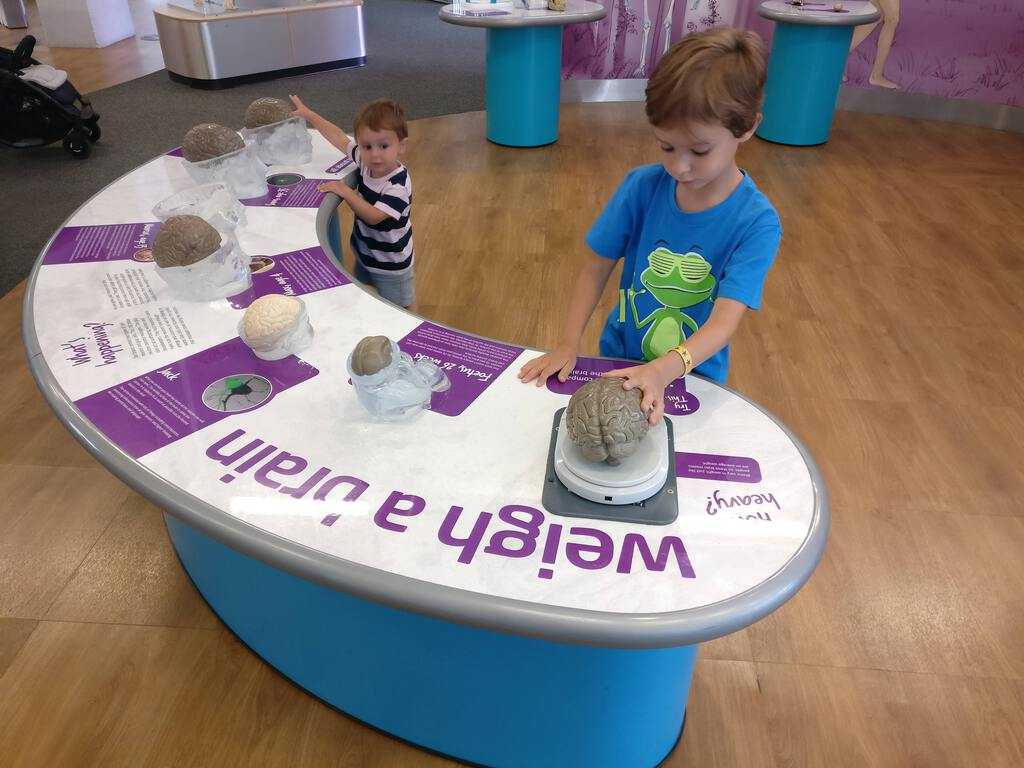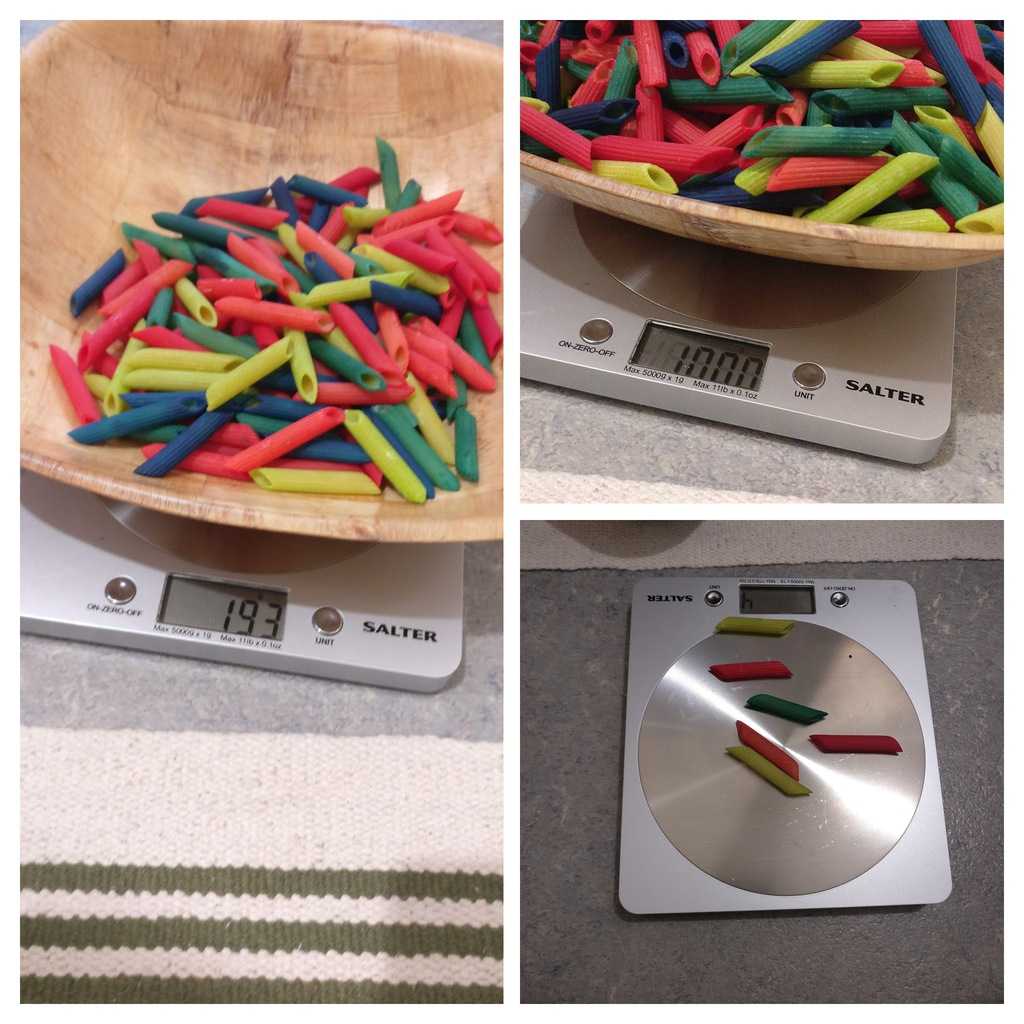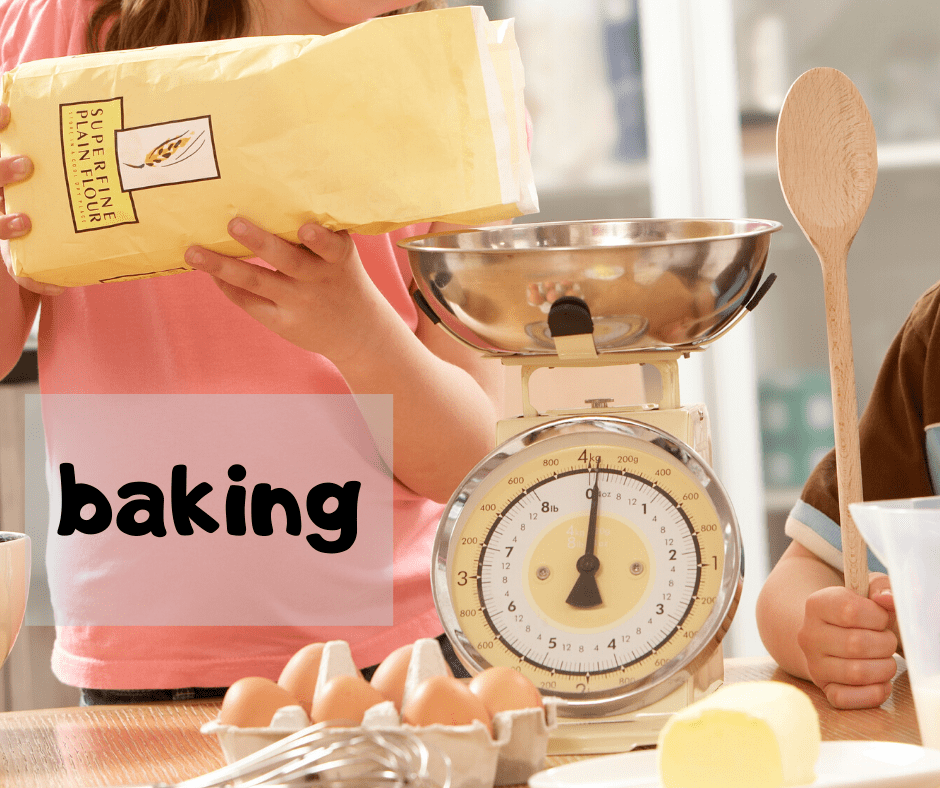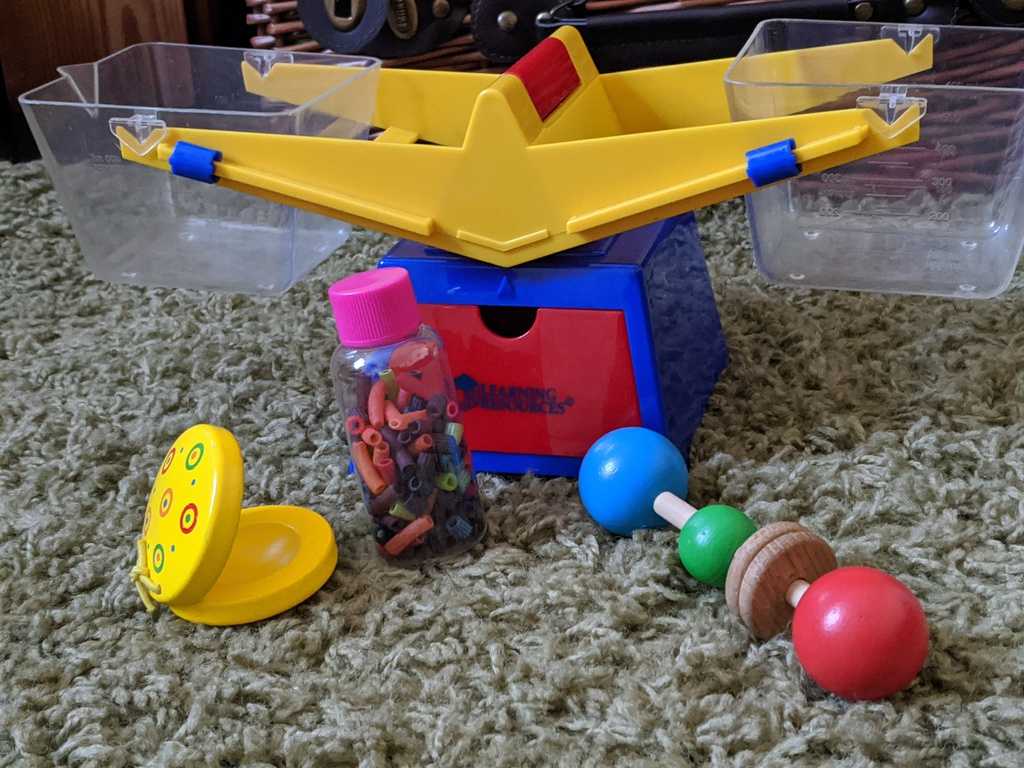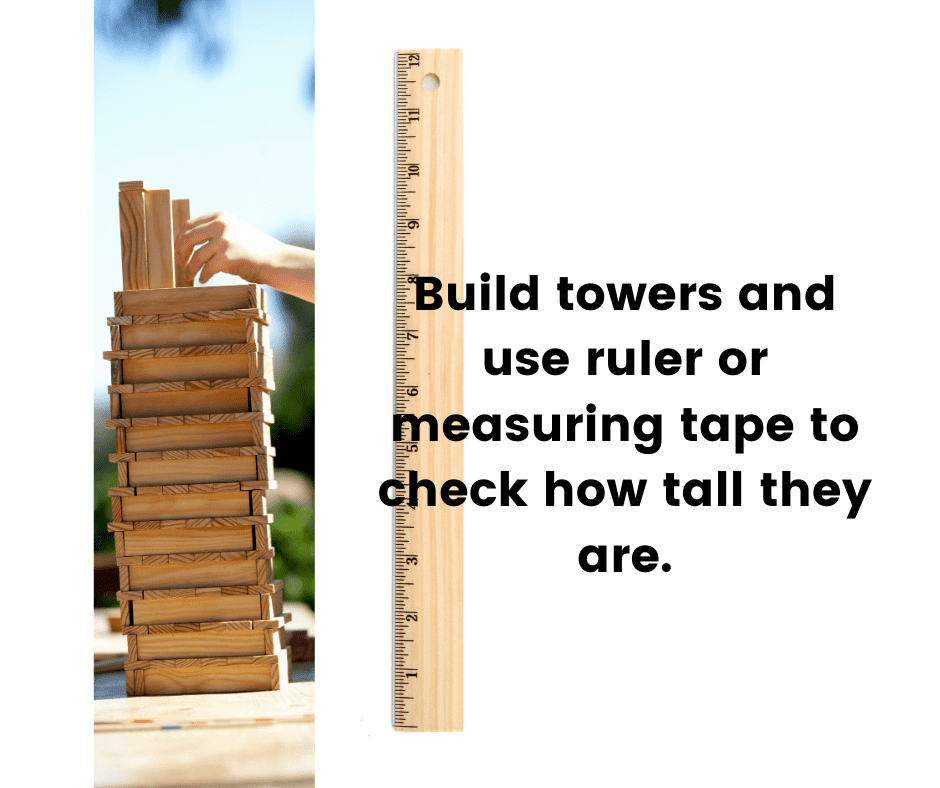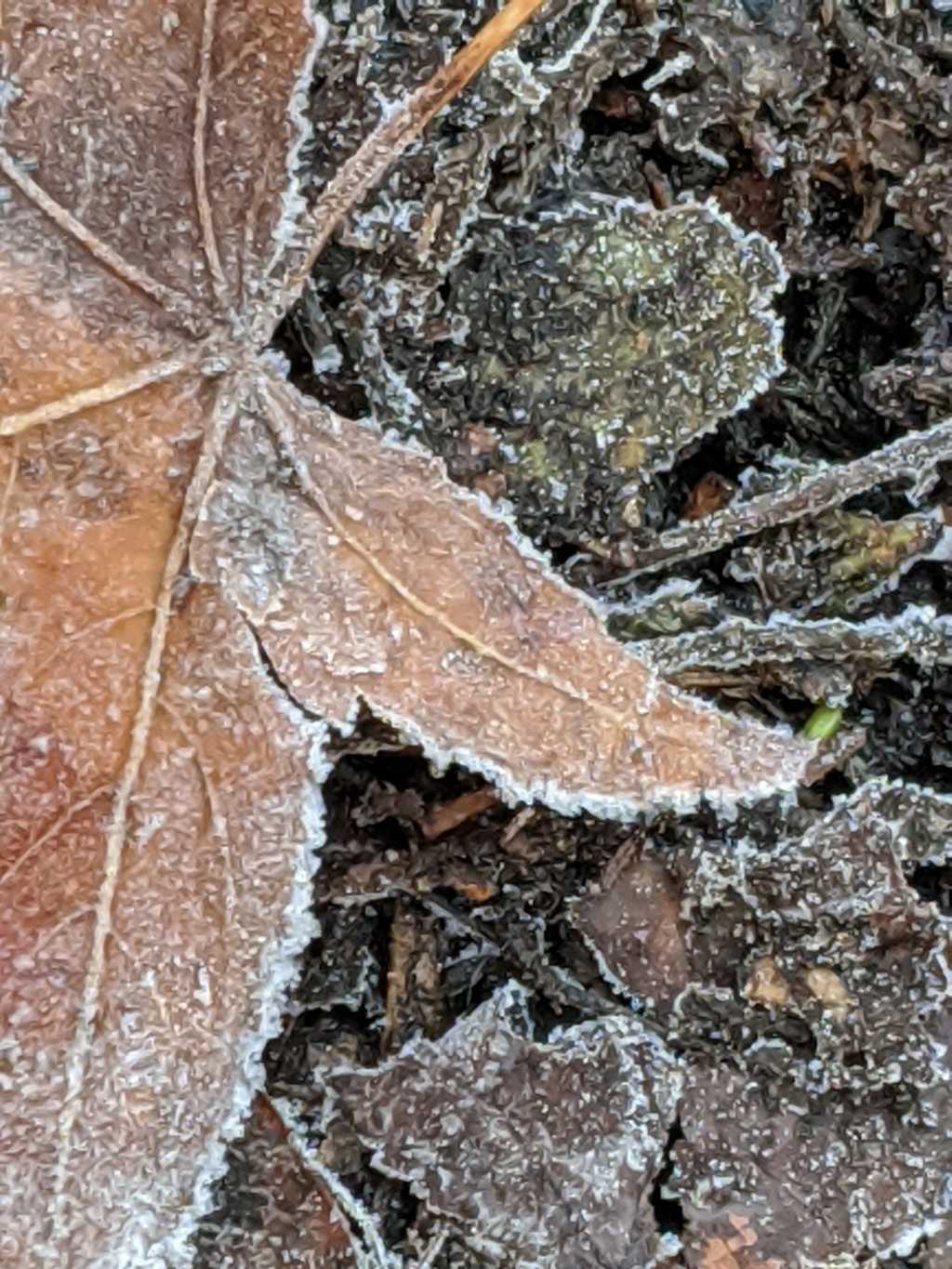Choosing and using appropriate standard units
To estimate and measure length/height, mass (kg/g); temperature (°C) and capacity (litres/ml) to the nearest appropriate unit, is the most important part of this goal. Make sure you use desired vocabulary and help your kids to explore the world. Take them to a Science Museum or any Laboratory for kids. There is also lots of things you can do at home.
Capacity (litres/millilitres)
Make it
Make your own 1 litre measuring jug
Tell your child that 1 litre = 1000ml or, if you have a jug that has marking like mine, you can investigate how many ml are in one litre. Have a look around your kitchen first and see what can you find.
Have a think together how to make 1 litre jug? We had a syringe, small container and and old juice bottle.
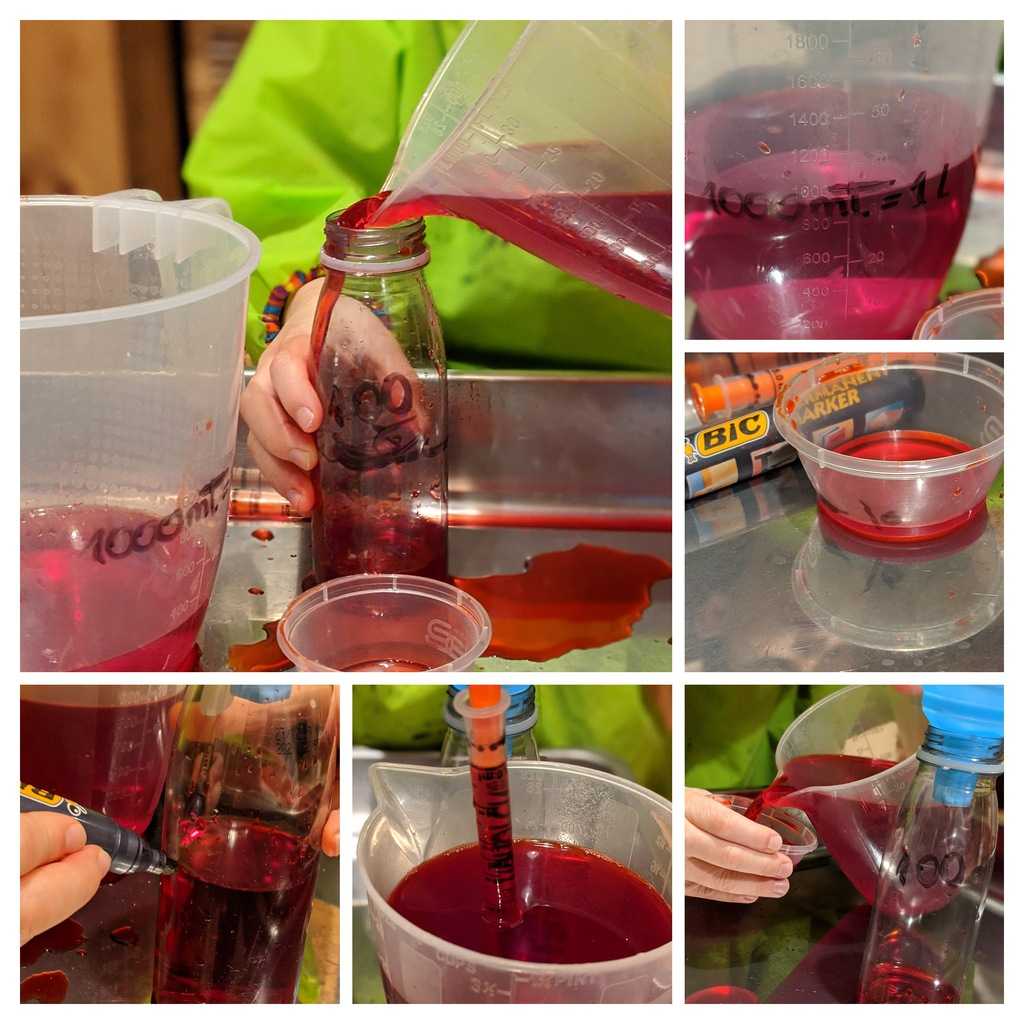
Use medicine syringe 5 ml (you probably have more than one of those, right?)to make the first small 10ml container. Use it to make 100ml - count in 10s. Finally using 100ml jug/bottle make 1 litre container. Don't forget to count in 100s! We used abacus to help us keep a track of counting.
Fun in the lab!
Test tubes
This set is amazing to start your little lab. I don't recommend to buy coloured test tubes, because it is better to use food colouring in the water. Your child will have way more fun mixing liquids and colours when they can see them well. I have few coloured (that I thought are very cute) but non of my kids like them...
Click on the picture to view it on amazon.
Mass (kg/g)
Make it
Buy it
Length/height in any direction (m/cm)
Make it
Make your own measuring stick/ meter stick
Explain to your child that 1 meter equals 100cm. and how to get to 100? 10+10+10+10+10+10+10+10+10+10 =100 We use a ruller to measue 10cm parts and marked them with a felt pen. After that my son painted each 10cm different colour. I'm not sure if painting was a good idea... Maybe felt pens would be better... Oh, and we found that bamboo stick in our garden. Eric loves this stick, he measured nearly everything in our house and that includes his baby brother :)
